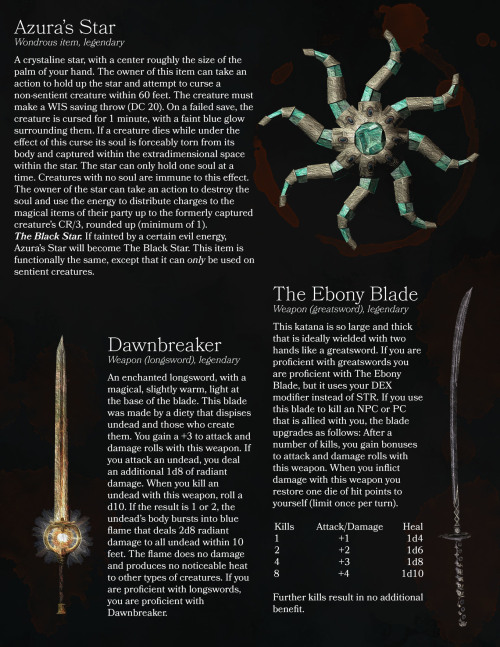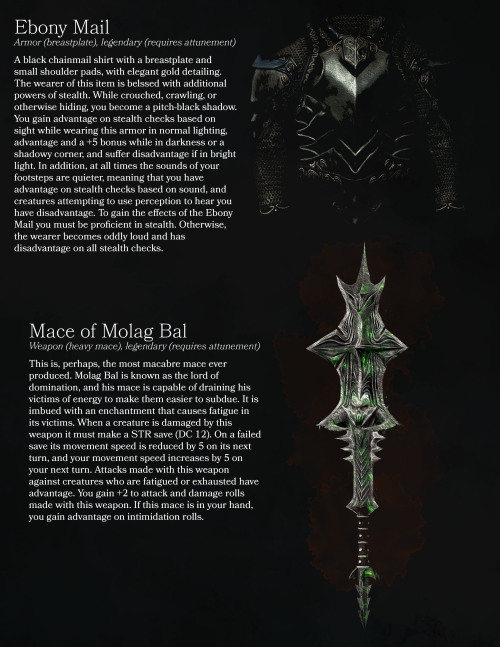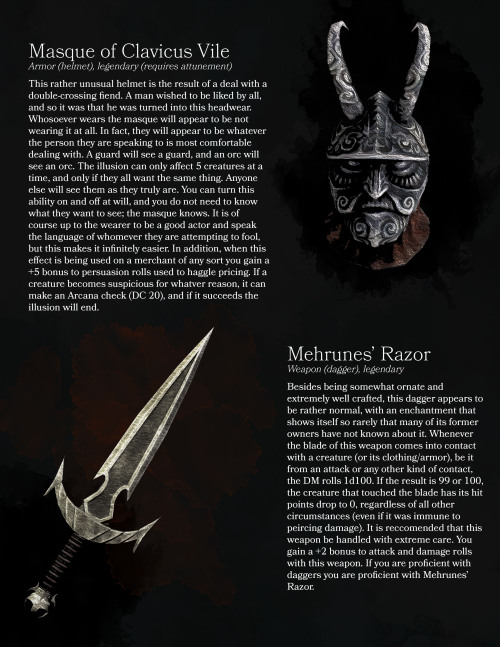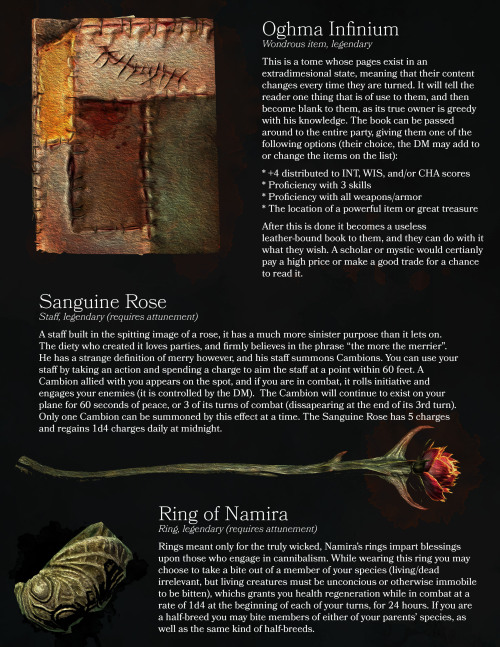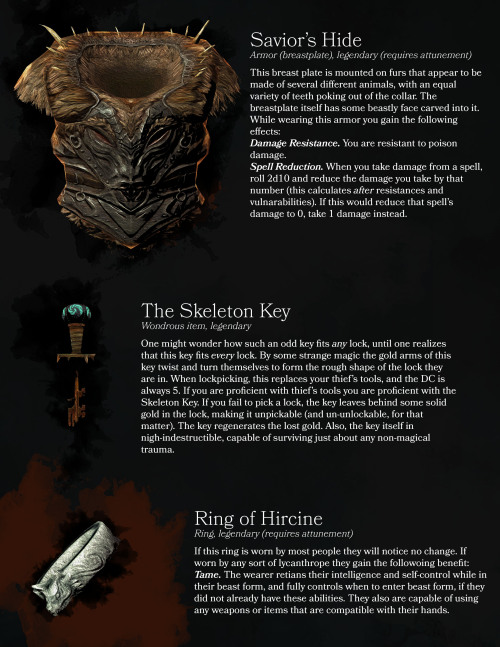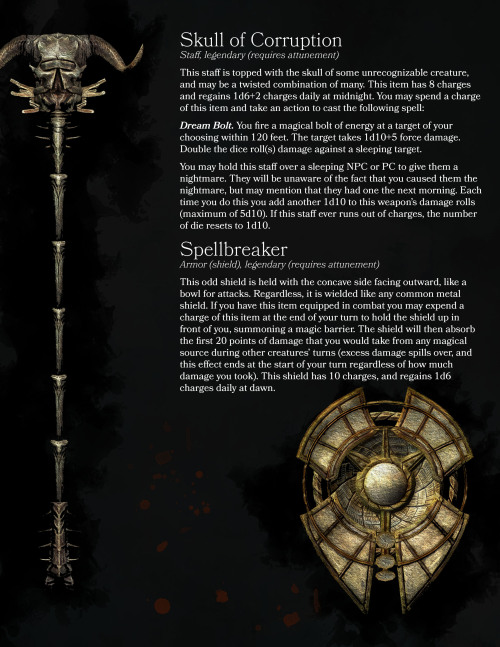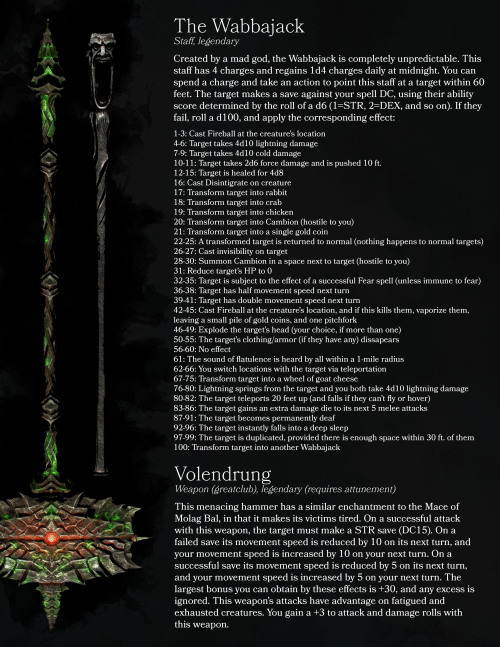Debugging Is A Science. A Really Boring Science, But A Science Nonetheless.
debugging is a science. a really boring science, but a science nonetheless.
hypothesis
procedure
results
conclusion
repeating when you don’t get the result you were god damn looking for, why is it still printing that, there are zero print statements in this program what the fuck
More Posts from Stubborn-turtle-blog and Others
I'd never heard about this before
Islam is the toughest religion to leave because of the restrictions and consequences associated with leaving. I know there are a lot of people out there contemplating leaving Islam and are already feeling agnostic. My piece of advice to them would be to not come out publicly with your apostasy. You can leave Islam if it feels like the right move, but if you are afraid of the consequences, then keep a secret. There are many ex-Muslims on tumblr, such as myself, you can speak to anonymously if you just need help or someone to share your views with.
Prepare for field research mayhem






Things I Learned as a Field Biologist #584
Going back to the field after a long hiatus can lead to moments of both visible excitement and stupefaction (with a slight register of anticipated grossness). Like my face, above. In South Africa. Where I will be once again in less than 48 hours! TO SEE ALL OF THE ANIMALS (but mostly the monkeys)!
Yes: after an absence of three long years, I leave for the field tomorrow!
This summer, I’m very excited to be returning to South Africa to work with vervet monkeys (Chlorocebus pygerythrus), using a number of methods to get at how they forage, what they eat, and ultimately how their bodies adapt to their nutritional environments in three places I’ve been before and loved working in: Soetdoring Nature Reserve, Gariep Dam, and Shamwari Game Reserve. Some of this work will involve live trapping and release, so to ensure to welfare and health of the monkeys I’ll be doing this work in collaboration with the wonderful Dr. Adrian Tordiffe of the University of Pretoria Faculty of Veterinary Sciences.
I’m also taking two of my BU undergrads with me for their very first field experience! Also making his South African and primatological fieldwork debut: my dad (in a supporting role: aka building monkey traps)! And, of course, my most wonderful postdoc, Maryjka Blaszczyk (this ain’t her first rodeo by a long shot).
AND THAT’S NOT ALL: I’ll also be teaching a group of students all about fieldwork and Primate Conservation Genetics in my field course with the prolific Dr. Trudy Turner of the University of Wisconsin in Milwaukee.
As you can see, it will be a packed summer, so I’ll be checking in more regularly to share all the new excitement (and yes, most likely a fair share of humorous mishaps and parasites) that a new field season in South Africa will bring. I’ll also be posting on Twitter and Instagram (@fuzzyatelin, #BUvervets16, #BlueScrotumSummer).
But as I hope you already know: I always save the juicy stories for right here…
Eugenics was massive in the US, however much we pretend it wasn't
The U.S. Supreme Court in 1927 decided, by a vote of 8 to 1, to uphold a state’s right to forcibly sterilize a person who was deemed unfit to procreate. The case Buck v. Bell legitimized the eugenics movement – yes, the thing Hitler and the Nazis believed in – and directly led to the sterilizing of 70,000 American citizens against their will.

AT-ATs went native...and domestic





Baumraum. Bachstelze. Eberschwang. Austria. photos: Alasdair Jardine
Getting to Mars: What It’ll Take
Join us as we take a closer look at the next steps in our journey to the Red Planet:
The journey to Mars crosses three thresholds, each with increasing challenges as humans move farther from Earth. We’re managing these challenges by developing and demonstrating capabilities in incremental steps:
Earth Reliant

Earth Reliant exploration is focused on research aboard the International Space Station. From this world-class microgravity laboratory, we are testing technologies and advancing human health and performance research that will enable deep space, long duration missions.
On the space station, we are advancing human health and behavioral research for Mars-class missions. We are pushing the state-of-the-art life support systems, printing 3-D parts and analyzing material handling techniques.
Proving Ground

In the Proving Ground, we will learn to conduct complex operations in a deep space environment that allows crews to return to Earth in a matter of days. Primarily operating in cislunar space (the volume of space around the moon). We will advance and validate the capabilities required for humans to live and work at distances much farther away from our home planet…such as at Mars.
Earth Independent

Earth Independent activities build on what we learn on the space station and in deep space to enable human missions to the Mars vicinity, possibly to low-Mars orbit or one of the Martian moons, and eventually the Martian surface. Future Mars missions will represent a collaborative effort between us and our partners.

Did you know….that through our robotic missions, we have already been on and around Mars for 40 years! Taking nearly every opportunity to send orbiters, landers and rovers with increasingly complex experiments and sensing systems. These orbiters and rovers have returned vital data about the Martian environment, helping us understand what challenges we may face and resources we may encounter.

Through the Asteroid Redirect Mission (ARM), we will demonstrate an advanced solar electric propulsion capability that will be a critical component of our journey to Mars. ARM will also provide an unprecedented opportunity for us to validate new spacewalk and sample handling techniques as astronauts investigate several tons of an asteroid boulder.
Living and working in space require accepting risks – and the journey to Mars is worth the risks. A new and powerful space transportation system is key to the journey, but we will also need to learn new ways of operating in space.
We Need You!

In the future, Mars will need all kinds of explorers, farmers, surveyors, teachers…but most of all YOU! As we overcome the challenges associated with traveling to deep space, we will still need the next generation of explorers to join us on this journey. Come with us on the journey to Mars as we explore with robots and send humans there one day.
Join us as we go behind-the-scenes:
We’re offering a behind-the-scenes look Thursday, Aug. 18 at our journey to Mars. Join us for the following events:
Journey to Mars Televised Event at 9:30 a.m. EDT Join in as we host a conversation about the numerous efforts enabling exploration of the Red Planet. Use #askNASA to ask your questions! Tune in HERE.
Facebook Live at 1:30 p.m. EDT Join in as we showcase the work and exhibits at our Michoud Assembly Facility. Participate HERE.
Hot Fire Test of an RS-25 Engine at 6 p.m. EDT The 7.5-minute test is part of a series of tests designed to put the upgraded former space shuttle engines through the rigorous temperature and pressure conditions they will experience during a launch. Watch HERE.
Make sure to follow us on Tumblr for your regular dose of space: http://nasa.tumblr.com

The Milky Way over an ancient Bristlecone pine js

After the devastating earthquake in Amatrice, Italy, on August 24th, the Vigili del Fuoco (Italian fire brigade) requested assistance from the TRADR (Long-Term Human-Robot Teaming for Robot-Assisted Disaster Response) project (EU FP7 framework, grant No. 60963). TRADR deployed two Unmanned Ground Vehicles (UGVs) and three Unmanned Aerial Vehicles (UAVs) to assist the post-earthquake response in Amatrice.
The task was to use robots to provide 3D textured models of two churches, San Francesco and Sant’ Agostino, national heritage monuments from the XIVth century. Both were in a state of partial collapse and in need of shoring to prevent potential further destruction. The models should serve to plan the shoring operations and to assess the state of various objects of cultural value inside the churches, such as valuable frescos.
The UGVs successfully entered the San Francesco church, teleoperated entirely out of line of sight and partially in collaboration. For part of the mission, one UGV provided a view of the other one to enable maneuvering in very constrained space with low connection bandwidth. One of the UGVs operated in the church continuously for four hours. A UAV was also present for a short time in parallel and provided additional views of the UGVs.
-
 bonebodies liked this · 10 months ago
bonebodies liked this · 10 months ago -
 queering-it-up reblogged this · 10 months ago
queering-it-up reblogged this · 10 months ago -
 space-librarian reblogged this · 10 months ago
space-librarian reblogged this · 10 months ago -
 thousandevilducks liked this · 4 years ago
thousandevilducks liked this · 4 years ago -
 coolkpoponbraids-blog liked this · 4 years ago
coolkpoponbraids-blog liked this · 4 years ago -
 itscharliei liked this · 6 years ago
itscharliei liked this · 6 years ago -
 codestudying reblogged this · 7 years ago
codestudying reblogged this · 7 years ago -
 itspikachugirl liked this · 7 years ago
itspikachugirl liked this · 7 years ago -
 amythyststudies-blog liked this · 7 years ago
amythyststudies-blog liked this · 7 years ago -
 extremelurker liked this · 7 years ago
extremelurker liked this · 7 years ago -
 codingclarity reblogged this · 7 years ago
codingclarity reblogged this · 7 years ago -
 i-dont-give-a-single-assbutt reblogged this · 7 years ago
i-dont-give-a-single-assbutt reblogged this · 7 years ago -
 i-dont-give-a-single-assbutt liked this · 7 years ago
i-dont-give-a-single-assbutt liked this · 7 years ago -
 ennuiandirony-blog liked this · 7 years ago
ennuiandirony-blog liked this · 7 years ago -
 amandolanada liked this · 7 years ago
amandolanada liked this · 7 years ago -
 qveer-witch reblogged this · 7 years ago
qveer-witch reblogged this · 7 years ago -
 d4nielp liked this · 7 years ago
d4nielp liked this · 7 years ago -
 justanuser1 liked this · 7 years ago
justanuser1 liked this · 7 years ago -
 hydrogen2 liked this · 7 years ago
hydrogen2 liked this · 7 years ago -
 vegathelich liked this · 7 years ago
vegathelich liked this · 7 years ago -
 falcohulzebos liked this · 7 years ago
falcohulzebos liked this · 7 years ago -
 reactorgirl liked this · 7 years ago
reactorgirl liked this · 7 years ago -
 dungeonsandducks reblogged this · 7 years ago
dungeonsandducks reblogged this · 7 years ago -
 itscamto liked this · 7 years ago
itscamto liked this · 7 years ago -
 pugtheharbingerofdeath reblogged this · 7 years ago
pugtheharbingerofdeath reblogged this · 7 years ago -
 virgucci reblogged this · 7 years ago
virgucci reblogged this · 7 years ago -
 virgucci liked this · 7 years ago
virgucci liked this · 7 years ago -
 waftwaffle liked this · 7 years ago
waftwaffle liked this · 7 years ago -
 perfectboienterteinment-blog liked this · 7 years ago
perfectboienterteinment-blog liked this · 7 years ago -
 qwertypefont liked this · 7 years ago
qwertypefont liked this · 7 years ago -
 milesmain liked this · 7 years ago
milesmain liked this · 7 years ago -
 lazierfunction-blog liked this · 7 years ago
lazierfunction-blog liked this · 7 years ago -
 marcocanavan reblogged this · 7 years ago
marcocanavan reblogged this · 7 years ago -
 marcocanavan liked this · 7 years ago
marcocanavan liked this · 7 years ago -
 xion8910 liked this · 7 years ago
xion8910 liked this · 7 years ago -
 markwatneythespacepirate reblogged this · 7 years ago
markwatneythespacepirate reblogged this · 7 years ago -
 markwatneythespacepirate liked this · 7 years ago
markwatneythespacepirate liked this · 7 years ago -
 yo-fuckers liked this · 7 years ago
yo-fuckers liked this · 7 years ago -
 secretcircuit reblogged this · 7 years ago
secretcircuit reblogged this · 7 years ago -
 woos-sweaterpaws liked this · 7 years ago
woos-sweaterpaws liked this · 7 years ago
Gaming, Science, History, Feminism, and all other manners of geekery. Also a lot of dance
243 posts










